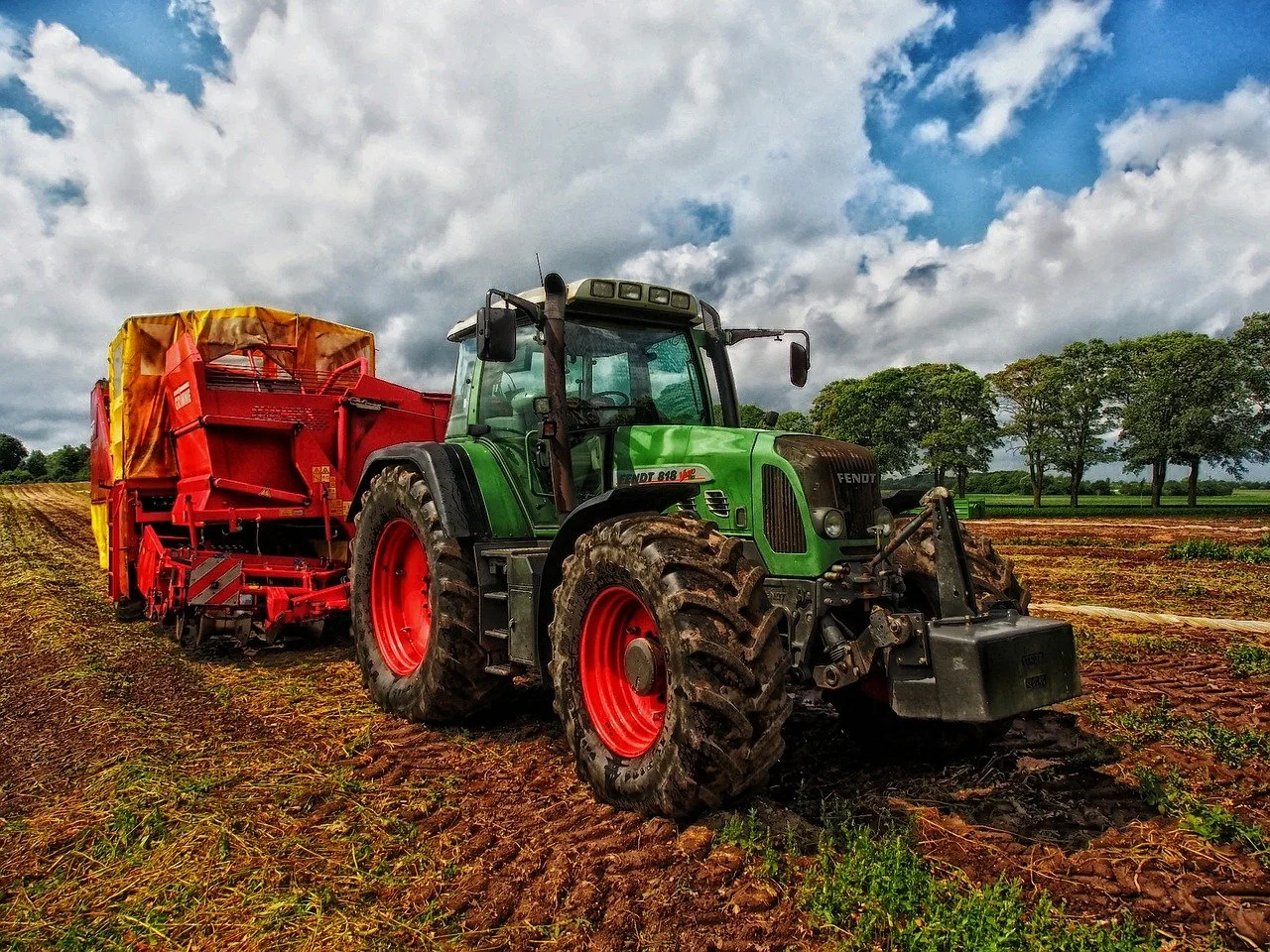The Komodo dragon under threat
Jakarta -The world's largest lizard, the Komodo dragon, could disappear in the next century as rising sea levels threaten to submerge its habitat.
Given there are fewer than 1400 adult dragons left in the world, and that their range is limited range to a handful of Indonesian islands, the conservation body the International Union for the Conservation of Nature (IUCN) moved the reptile from the vulnerable to the endangered category.
Threats to its habitat from both humanity and nature have been cited as among the reasons for the change.
It joins a number of iconic species, including the tiger, basking shark and Asian elephant, on the IUCN red list.
Globally, 38,543 species are listed as threatened with extinction, with many more yet to be assessed for the list.
The idea that these prehistoric animals have moved one step closer to extinction due in part to climate change is terrifying.
The Komodo dragon is a carnivorous reptile found only on the islands of southern Indonesia. It is the largest living lizard in the world. They reach more than three metres long and weigh 166 kg.
Its main population found mostly in and around the Komodo National Park, on the island of Komodo, but smaller populations can also be found on the islands of Rinca and Flores.
The dragons prey on a variety of animals including deer, pigs and water buffalo, with a venomous bite to help take down its targets.
After maturing at around the age of six, females lay clutches of roughly 30 eggs, of which 20 are likely to hatch. However, typically only two of these hatchlings are ever likely to reach adulthood.
Given how few young lizards make it to adulthood coupled with the population's limited range, the Komodo dragon has previously been considered a Rare species since debuting on the Red List in 1986. While this categorisation is now defunct, the lizard was redesignated as Vulnerable in 1996, where it remained for the past 25 years.
In reassessing the Komodo dragon 2021, the International Union for Conservation of Nature (IUCN) considered a variety of factors relating to its lifestyle and habitat.
With rising global temperatures already causing the low-lying areas of islands to slip beneath the waves, the most extreme predictions suggest that the dragons could lose up to 71% of their habitat in the next 45 years. This could result in their already low numbers being cut by a third by 2050. The species's limited ability to disperse puts them at an even greater risk of extinction.
While rising sea levels are of particular concern to conservationists, a variety of other factors threaten the Komodo dragon, too.
Meanwhile, the reptiles' preferred habitat is being destroyed as farmland encroaches into the forests and savannah, with dragons and farmers coming into conflict.















Lisa was born in Auckland at the start of the 1970s, living in a small campsite community on the North Shore called Browns Bay. She spent a significant part of her life with her grandparents, often hanging out at the beaches. Lisa has many happy memories from those days at Browns Bay beach, where fish were plentiful on the point and the ocean was rich in seaweed. She played in the water for hours, going home totally “sun-kissed.” “An adorable time to grow up,” Lisa tells me.
Lisa enjoyed many sports; she was a keen tennis player and netballer, playing in the top teams for her age right up until the family moved to Wellington. Lisa was fifteen years old, which unfortunately marked the end of her sporting career. Local teams were well established in Wellington, and her attention was drawn elsewhere.